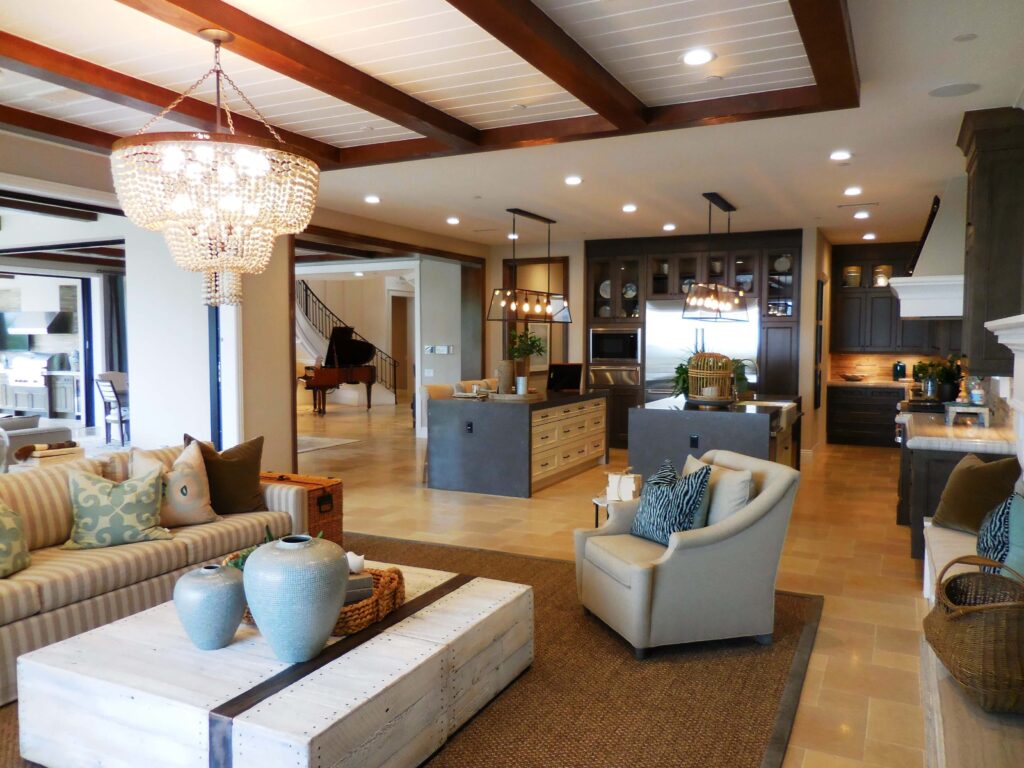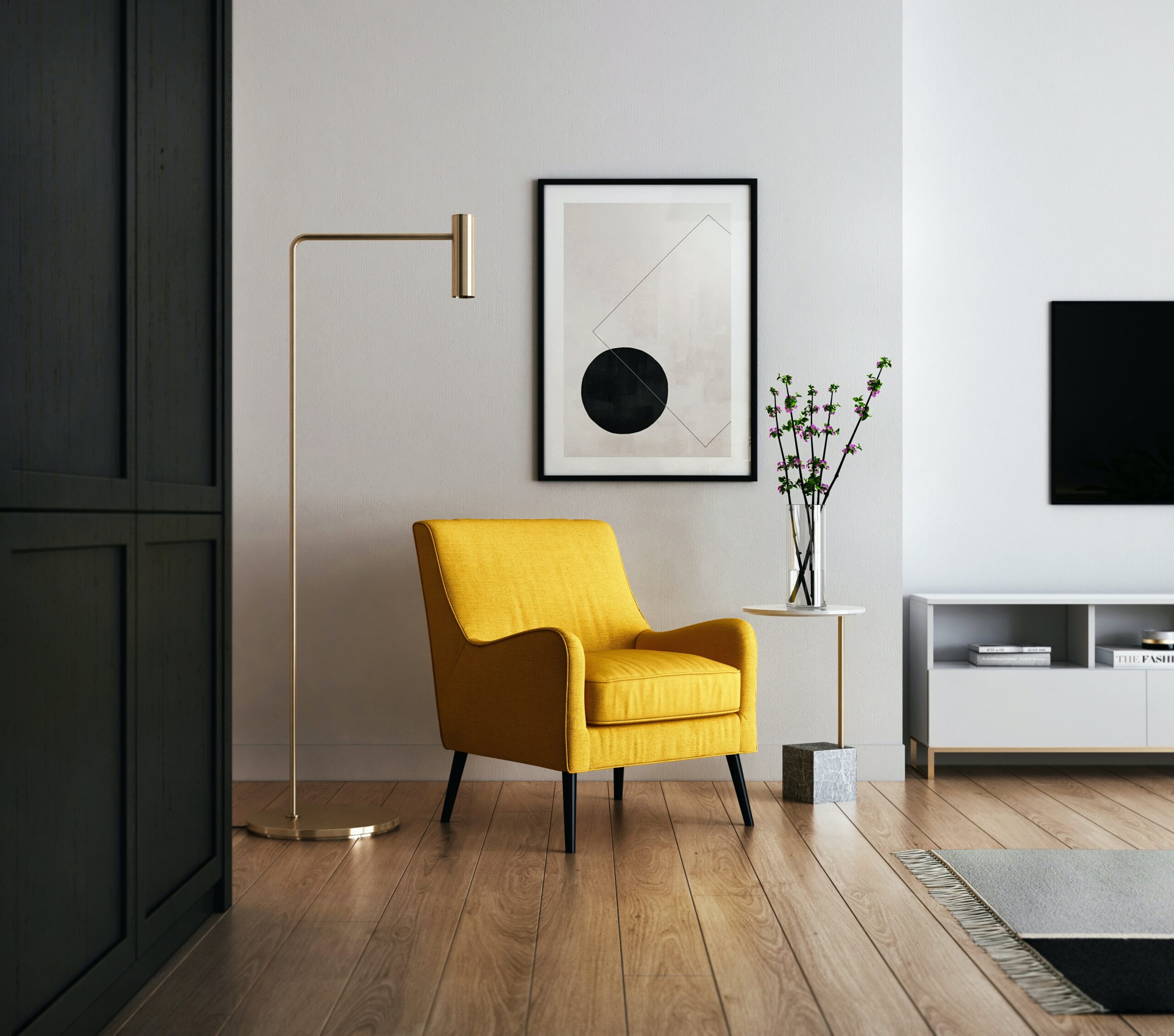The best color for a TV wall often depends on various factors, including your personal preferences, the overall color scheme of the room, and the amount of natural light the room receives. Here are some considerations to help you choose the best color for a TV wall:
- Neutral Tones:
- Neutral colors such as white, beige, gray, or soft muted tones are popular choices for TV walls. Neutrals create a versatile backdrop that allows the focus to remain on the TV and other elements in the room.
- Dark Colors:
- Dark colors like charcoal gray, navy, or deep brown can create a cozy and cinematic atmosphere. Dark walls can also help minimize glare and reflections, enhancing the viewing experience.
- Accent Wall:
- Consider creating an accent wall by painting one wall a bold or contrasting color. This adds visual interest and draws attention to the TV as a focal point.
- Contrasting Color:
- Choose a color that contrasts with the color of the TV screen. For example, if your TV has a black frame, a light-colored wall can provide a pleasing contrast.
- Texture and Patterns:
- Experiment with textured or patterned wall treatments. Textured wallpaper, an accent wall with a unique texture, or a subtle pattern can add depth to the space.
- Consider Room Size:
- Take the size of the room into account. Lighter colors can make a small room feel more open, while darker colors can create a cozy feel in larger spaces.
- Reflective Surfaces:
- If your goal is to enhance natural light, consider using a color with a slightly reflective finish, such as satin or semi-gloss. This can help bounce light around the room.
- Personal Preferences:
- Ultimately, choose a color that aligns with your personal preferences and the overall aesthetic you want to achieve in the room. Your TV wall color should contribute to the overall ambiance you desire.
- Consider Wall-Mounted TV vs. TV Stand:
- If your TV is wall-mounted, the wall color behind it becomes more prominent. In this case, choose a color that complements the surrounding decor and provides a pleasing backdrop.
- Viewing Environment:
- Consider the environment for TV viewing. For example, if the room is primarily used for movie nights, a darker color might create a more theater-like experience.
Before making a final decision, it’s a good idea to test paint samples on a small section of the wall to see how they look in different lighting conditions. This can help you visualize how the color will interact with the TV and other elements in the room.

